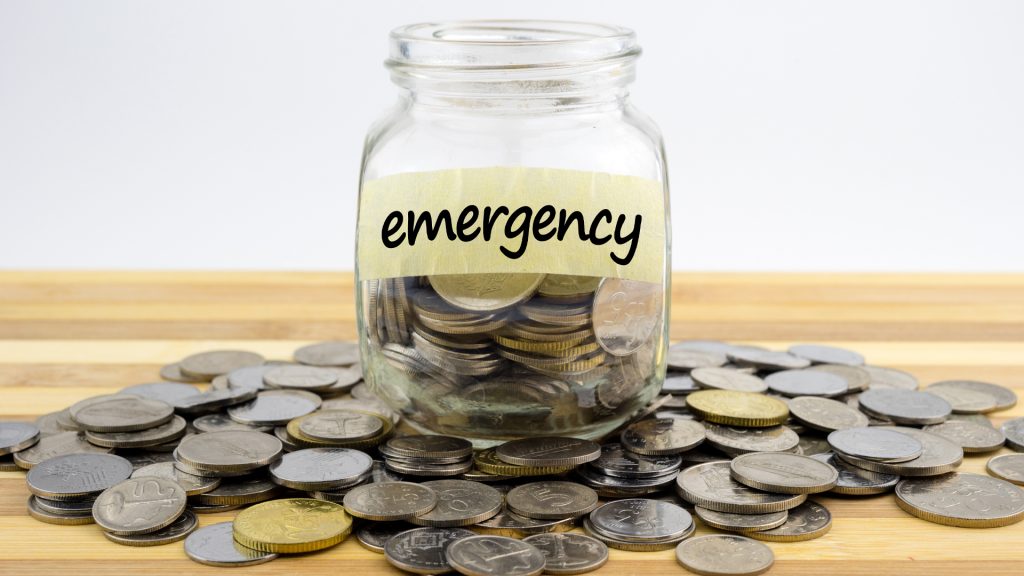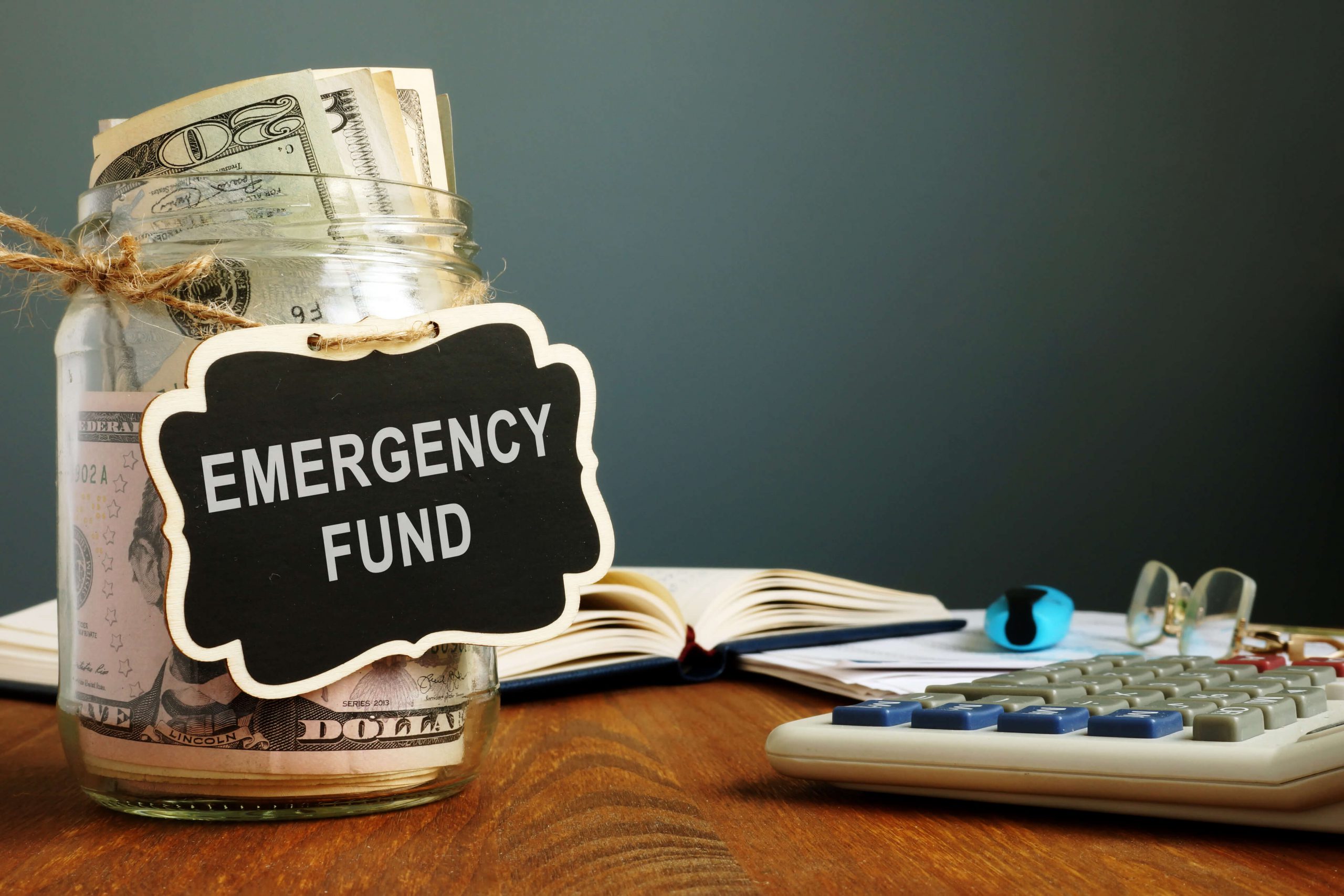Importance of Saving for Emergencies

Saving for emergencies is crucial for financial stability as it provides a safety net for unexpected events that may arise. Without emergency savings, individuals may find themselves in a vulnerable position when faced with sudden expenses such as medical emergencies, car repairs, or job loss.
Risks of Not Having Emergency Savings
- Increased debt: Without emergency savings, individuals may resort to using credit cards or loans to cover unexpected expenses, leading to accumulating debt.
- Financial stress: The lack of a financial safety net can cause significant stress and anxiety when dealing with unforeseen situations, impacting overall well-being.
- Limited options: In the absence of emergency savings, individuals may have to make difficult choices such as borrowing from friends or family, which can strain relationships.
Benefits of Having a Financial Safety Net
- Peace of mind: Emergency savings provide a sense of security and peace of mind knowing that there is a cushion to fall back on in times of need.
- Financial independence: Having a financial safety net allows individuals to navigate unexpected expenses without relying on external sources, fostering independence.
- Opportunity for growth: With emergency savings in place, individuals can focus on long-term financial goals and investments, leading to overall financial growth and stability.
Setting Emergency Savings Goals
Setting specific emergency savings goals is crucial to ensure you have enough funds to cover unexpected expenses. Here are some tips on how to determine the right amount to save for emergencies and strategies for tracking your progress towards your savings target.
Calculating the Right Amount to Save
- Start by assessing your monthly expenses: Calculate how much you typically spend on essentials like rent, utilities, groceries, and other bills.
- Consider potential emergencies: Factor in unexpected expenses like car repairs, medical bills, or home maintenance.
- Aim to save at least 3 to 6 months’ worth of living expenses: This can provide a financial safety net in case of job loss or other emergencies.
Methods for Setting Achievable Savings Goals
- Set SMART goals: Make your goals Specific, Measurable, Achievable, Relevant, and Time-bound.
- Break down your savings target into smaller milestones: Achieving smaller goals can help you stay motivated and track your progress.
- Automate your savings: Set up automatic transfers from your checking account to your emergency fund to ensure consistent saving.
Strategies for Tracking Progress
- Use a budgeting app or spreadsheet: Monitor your income, expenses, and savings to see how close you are to reaching your emergency fund goal.
- Regularly review and adjust your savings plan: Reassess your goals and make changes if needed based on changes in your financial situation.
- Celebrate milestones: Acknowledge your progress and achievements along the way to stay motivated.
Building an Emergency Fund

Building an emergency fund is crucial for financial stability and peace of mind. This fund acts as a safety net during unexpected situations, such as medical emergencies, job loss, or major car repairs.
The Concept of an Emergency Fund and Its Purpose
An emergency fund is a pool of money set aside specifically for unforeseen expenses or financial emergencies. Its primary purpose is to cover unexpected costs without having to rely on credit cards, loans, or dipping into long-term savings. This fund provides a sense of security and prevents individuals from falling into debt when faced with emergencies.
- Start by calculating your monthly expenses to determine how much you need to save. Aim to have at least 3 to 6 months’ worth of living expenses in your emergency fund.
- Consider opening a separate savings account specifically for your emergency fund. This account should be easily accessible but separate from your regular checking account to avoid temptation.
- Look for high-yield savings accounts that offer competitive interest rates to help your emergency fund grow over time.
Where to Keep Your Emergency Savings for Easy Access
It’s important to keep your emergency savings in a liquid and easily accessible account. Here are some recommendations on where to store your emergency fund:
- Regular Savings Account: A traditional savings account in a bank or credit union can be a good option for easy access to your funds.
- Money Market Account: This type of account usually offers higher interest rates than regular savings accounts while still allowing you to withdraw funds when needed.
- Certificate of Deposit (CD): Consider using CDs for a portion of your emergency fund to earn higher interest rates, but be mindful of early withdrawal penalties.
Recommendations on How to Start Building an Emergency Fund from Scratch
- Set a realistic savings goal based on your monthly expenses and financial situation.
- Start small if necessary and gradually increase your contributions over time.
- Automate your savings by setting up recurring transfers from your checking account to your emergency fund.
- Cut back on non-essential expenses to free up more money for your emergency fund.
- Avoid the temptation to use your emergency fund for non-emergencies by staying disciplined and focused on your savings goal.
Managing and Growing Emergency Savings

Once you have established your emergency fund, it is crucial to manage and grow it effectively to ensure financial stability in times of need.
Protecting Your Emergency Fund
One of the key ways to protect your emergency fund from unnecessary spending is to clearly define what constitutes an emergency. Avoid using the fund for non-essential purchases or expenses that can be covered by your regular income. Consider keeping your emergency savings in a separate account to reduce the temptation of dipping into it for non-emergencies.
Strategies for Growing Your Emergency Savings
- Set a monthly savings goal: Determine a realistic amount to save each month to steadily increase your emergency fund.
- Automate your savings: Set up automatic transfers from your checking account to your emergency fund to ensure consistent contributions.
- Increase your contributions: Whenever you receive a windfall or bonus, consider allocating a portion of it towards your emergency savings to accelerate its growth.
Tips for Handling Unexpected Expenses
- Create a budget: Having a clear understanding of your income and expenses can help you identify areas where you can cut back to cover unexpected costs without depleting your emergency fund.
- Consider alternative sources of funding: Explore options like personal loans or low-interest credit cards as temporary solutions for unexpected expenses, but be sure to have a plan to repay these debts promptly.
- Replenish your emergency fund: After using your emergency savings, make it a priority to replenish the amount withdrawn to maintain financial preparedness for future emergencies.
Importance of Diversification in Emergency Savings
When it comes to emergency savings, diversification plays a crucial role in ensuring financial stability and preparedness for unforeseen circumstances. By spreading your emergency fund across different assets or investment options, you can mitigate risks and increase the overall resilience of your financial safety net.
Benefits of Diversifying Your Emergency Fund
- Diversification helps reduce the impact of market fluctuations on your emergency savings, providing a more stable source of funds when needed.
- By investing a portion of your emergency fund in assets like bonds, stocks, or real estate, you have the potential to earn higher returns compared to keeping all funds in a traditional savings account.
- Having a diversified emergency fund can protect you against inflation and currency devaluation, preserving the purchasing power of your savings over time.
Different Options for Diversifying Emergency Savings Beyond Cash
- Consider investing in low-risk assets such as Treasury bonds or certificate of deposits (CDs) to earn interest while keeping your funds relatively safe.
- Explore index funds or exchange-traded funds (ETFs) as a way to diversify your emergency savings across a broad range of stocks or bonds.
- Real estate investments or peer-to-peer lending platforms can offer alternative options for diversifying your emergency fund and potentially increasing your returns.
Insights on How Diversification Provides Added Protection during Financial Crises
- Diversifying your emergency savings can help you navigate through economic downturns or recessions by having a mix of assets that respond differently to market conditions.
- During financial crises, having diversified investments can provide stability and liquidity, allowing you to access funds when traditional sources may be under stress.
- By spreading your emergency fund across various assets, you reduce the risk of losing a significant portion of your savings in case one sector or asset class experiences a downturn.